While there are various “diets” you could follow, research shows that a low carbohydrate diet works very well to help control blood sugar and A1c levels in type 2 diabetes and prediabetes.
The benefits of a diabetes low carb diet include:
- Decreased blood glucose levels
- Lower A1C
- Decreased cholesterol (in most people)
- Increased HDL “good” cholesterol
- Lose weight easier and achieve greater weight loss
- Reduction of diabetes medication (in many people) – always seek medical advice regarding medications
These are all great goals for you as a type 2 diabetic/prediabetic, and if you’re interested to enjoy life more while regulating blood sugar and A1c at the same time, our weekly meal plans help make it easy for you to lower carbohydrate intake and still eat deliciously tasty food.
In any case, below we’ve created a cool infographic (please share it around). Plus, we’ve got 4 basic low carb guidelines to help guide your food choices, along with a basic food list for you to take a look at. You can grab a downloadable copy of this food list further down the page.

Low Carb Meal Infographic
Please pin, tweet or share to help others – thanks!
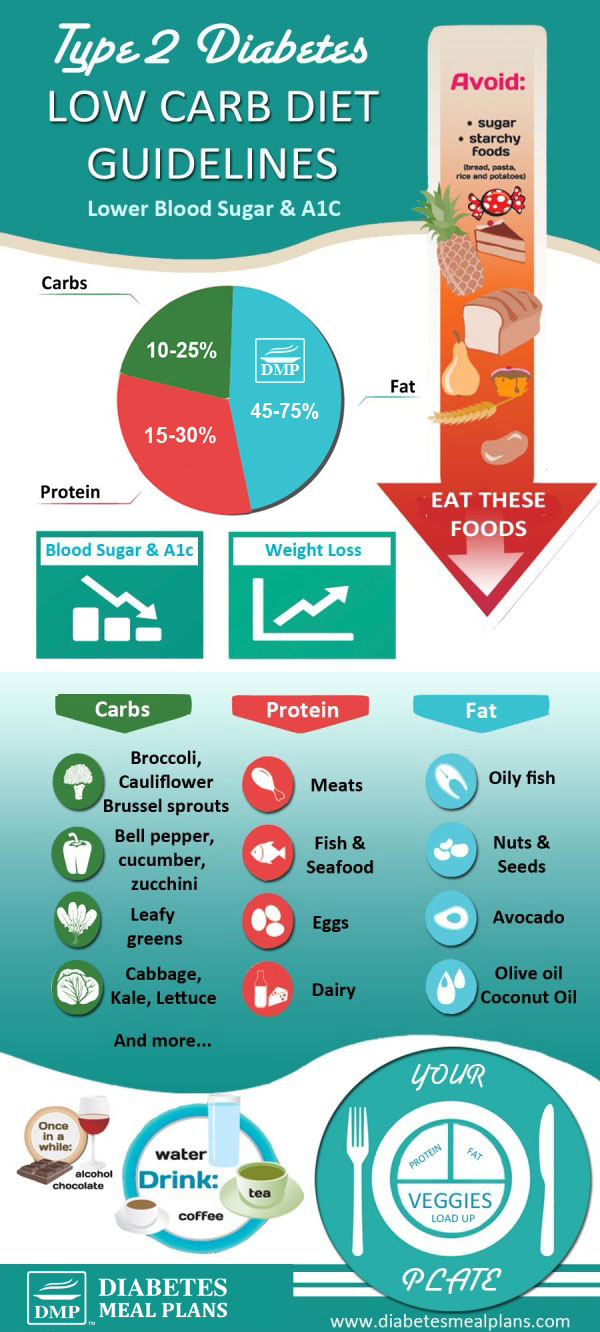
It’s easier than you think to eat low carb, and the meals are tasty, delicious and very flexible!
4 Basic Diabetes Low Carb Diet Guidelines
Quit high-carb foods – that of course is one basic rule to follow!
Then, if you follow these 4 basic guidelines, you’ll find you will be heading on the right track.
1. Eat Plenty of Vegetables
Vegetables, particularly the type that grow above the ground (non-starchy vegetables) such as cauliflower, broccoli, asparagus, cucumber, cabbage, Brussels sprouts, artichoke, and so forth.
Vegetables are a central part of our low carb diet plan because research shows that we need plentiful amounts of dietary fiber, vitamins, minerals, phytochemicals, polyphenols, and compounds to help improve our health.
By focusing on eating large amounts of healthy vegetables as your predominant source of carbs, you instantly slash your carb intake and this makes a huge difference with glucose control.
2. Don’t Fear Fat
You might think that 40-75% fat in your diet sounds like a lot and be wondering… won’t all that fat make me fat?!
No.
Fat is nothing to be feared, in fact it’s a big fat myth. :)
Compared to other nutrients, especially carbs, fat does not spike blood sugar levels.
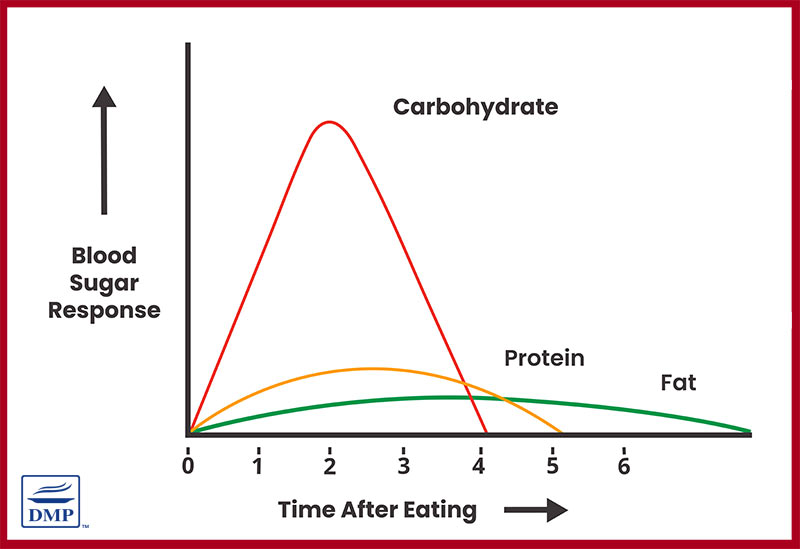
Contrary to popular thinking that a low-fat diet is best for weight loss, eating more fat can actually help you burn fat. In fact, in many ways, it does the exact opposite of what we’ve been led to believe.
You can read more on the science behind fats over here.
Our meal plans include all types of fat but still do keep saturated fat lower, predominantly including monounsaturated fats (like olive oil, nuts and avocado) – healthy fats that have been shown to help improve insulin sensitivity, reduce insulin resistance, improve glucose transport into cells, as well as providing benefits for heart health.
3. Eat Protein
Nutrient-dense protein increases satiety – keeping us full and satisfied for longer.
You can eat all types of meats, chicken, fish, and seafood.
And you can select from a large range of dairy products like cheese, feta, and ricotta, along with eggs.
This gives you loads of protein options to help make your meals super tasty.
4. Avoid
Added sugar filled foods such as cakes, candy, muffins, packaged and processed foods, and most fruits. Quite simply because these foods raise blood sugar.
That does not mean you have to live without sweets, you just need to have alternative options. As a VIP member, you get plenty of sweets options, too.
Avoid starchy foods – bread, pasta, rice, and potatoes.
Relax…as a VIP Member, access our easy low carb breads, which you can make in a flash – seriously, we’ve even got a 3-minute microwave bun recipe you’ll love!
Eating a lower carb diet is actually very flexible and thoroughly enjoyable.
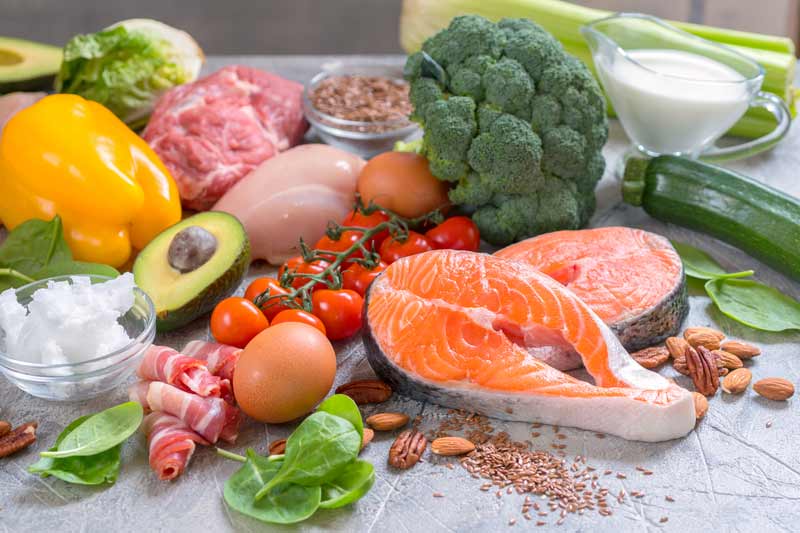
How Does This Low Carb Diet Thing Stack Up?
Eating a lower carb diet is a little different to the typical high-carb diet you may be accustomed to eating (full of breads, pasta, rice and potatoes).
While there are various types of low carb diets, for instance, keto or Atkins, which are very low carbohydrate diets that restrict carbs to under 20 grams per day, research indicates that anything under 130 grams per day can provide benefits.
In fact, if you lower your carbs by any amount, you’re bound to see better results!
We’ve found that a sweet spot for carb intake seems to be somewhere between 50-80 grams per day, which when you subtract dietary fiber and calculate net carbs (Total carbs minus fiber = net carbs) generally comes in around 30-60 grams net carbs.
Based on a 1600 calorie/ day menu, a lower carb diet can stack up to roughly:
- 10-20% Carbs: 40-80 g/ d
- 15-30% Protein: 65-120 g/d
- 40-75% Fat: 70-133 g/d
However, if you were to increase your carbs to 25% of daily calories, which is often a good place to start, your intake would look like this, based on a 1600 calorie/ day menu:
- 25% Carbs: 100 g/ d
- 15-30% Protein: 65-120 g/d
- 45-60% Fat: 80-106 g/d
Each day of food always looks slightly different and it can get fairly boring trying to calculate everything exactly. Instead, if you follow the above 4 general rules and use the food list below, you’ll find that your daily intake will come somewhere within these guidelines.
The most important thing is that this way of eating can help get you the results you need!
Type 2 Diabetes/ Prediabetes Diet Food List
Grab a free copy of our food list and you can get started in the kitchen yourself right away!
Of course, our meal planning service brings this food list to life every week with deliciously tasty menus, taking the stress out of planning for you. :)
PROTEIN
Lean Meats
Beef, veal, flank steak, ground beef mince, sirloin steak, chuck steak, lamb, etc.
Pork
Lean cuts of pork; pork chops or loin.
Poultry
Chicken, turkey, duck, quail, goose.
Fish
Tuna, salmon, cod, trout, bass, flatfish, whitehead, mackerel, herring, eel, haddock, red snapper, trout, drum, walleye, sardines and so forth.
Seafood
Crab, lobster, prawns, shrimp, oysters, mussels, clams, scallops, abalone, crayfish.
Game Meats
Venison, wild boar, kangaroo, deer, pheasant, moose, wild turkey, alligator, emu, ostrich, elk, bison, turtle. Many people don’t eat these types of meats but you can eat them if you like them. We don’t include these in our meal plans.
Organ Meats
Beef, pork, lamb, chicken livers. Beef, pork, lamb, chicken tongues, hearts, brains. Beef, pork, lamb, chicken marrow, kidneys. Many people don’t eat these types of meats either but you can eat them if you like them, and they are very good sources of vitamins and minerals. Again, because many people don’t like these we don’t include them in our meal plans.
Eggs
Chicken, duck, goose, quail.
Dairy Products
Cottage cheese, cheddar, feta, ricotta, cream cheese, cream, a little yogurt and milk.
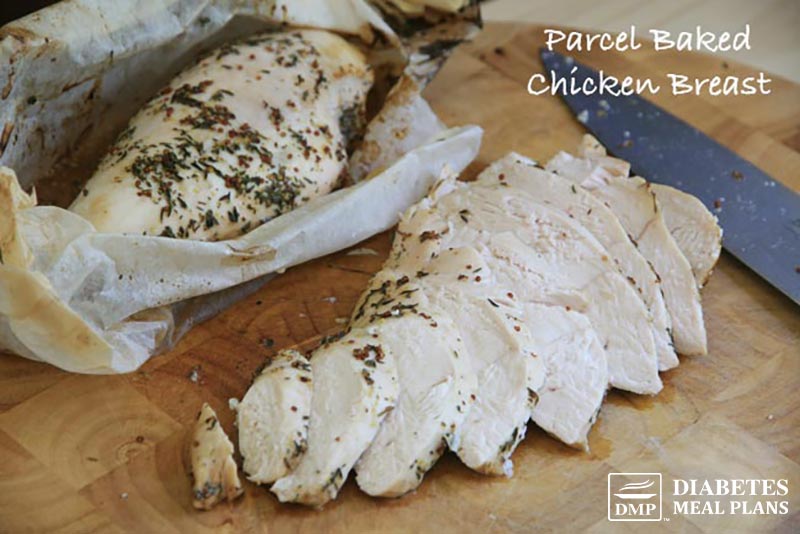
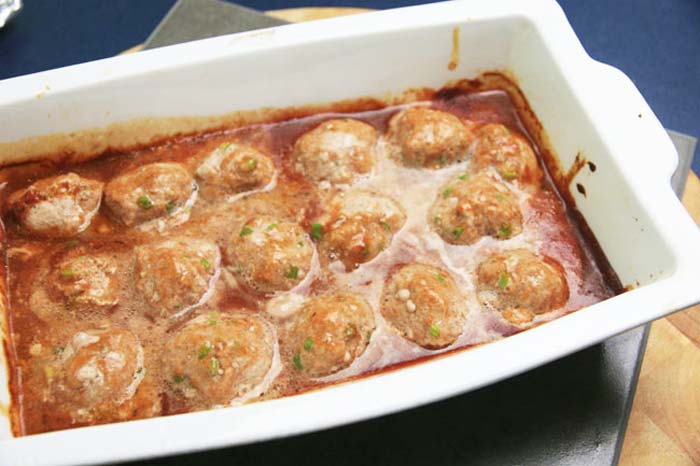
CARBOHYDRATES
Vegetables
Vegetables are ALWAYS at the top of the list for selecting carbs.
In fact, veggies need to be your predominant choice of carbohydrate. The great thing about that is veggies provide great nutritional value as they contain loads of fiber, vitamins, minerals, and other compounds like polyphenols that are beneficial to improving health.
Vegetables to choose from in abundance (low in carbs)
Artichoke, asparagus, celery, tomatoes, bell peppers, leeks, kohlrabi, green onions, eggplant, cauliflower, broccoli, cucumber, cabbage, brussels sprouts, artichoke, okra, zucchini, yellow summer squash, swiss chard, radish, sugar snap peas (snow peas), mushrooms, green beans, and so forth.
Green Leafy Vegetables (low in carbs)
Lettuce, seaweeds, alfalfa, bean sprouts, spinach, collard greens, kale, beet greens, mustard greens, dandelion, fennel, swiss chard, watercress, turnip greens, rocket, endive, bok choy, chicory, radicchio, chinese cabbage, silverbeet.
Try and get some green leafy veggies into your daily routine.
Vegetables to eat in smaller amounts (moderate in carbs)
Pumpkin, turnip, beets, carrots, onions.
Vegetables to avoid (high in carbs)
Potato, sweet potato, yams, plantain, parsnip.
Beans & Legumes
Black beans, broadbeans, great northern beans, lentils, mung beans, navy beans, pinto beans. Only eat small amounts of around 1/4 cup, which is about 30-40 g serve of beans and 20 g serve of lentils. These are great for inclusions in salads and stir frys.
Beans and legumes are also great for sprouting and can be eaten in much larger portions as it reduces the carbohydrate content dramatically.
Eg:
- 1/4 cup cooked mung beans = 9.6 g total carbs, 6.1 g net carbs
- 1/4 cup sprouted mung beans = 1.5 g total carbs, 1 g net carbs
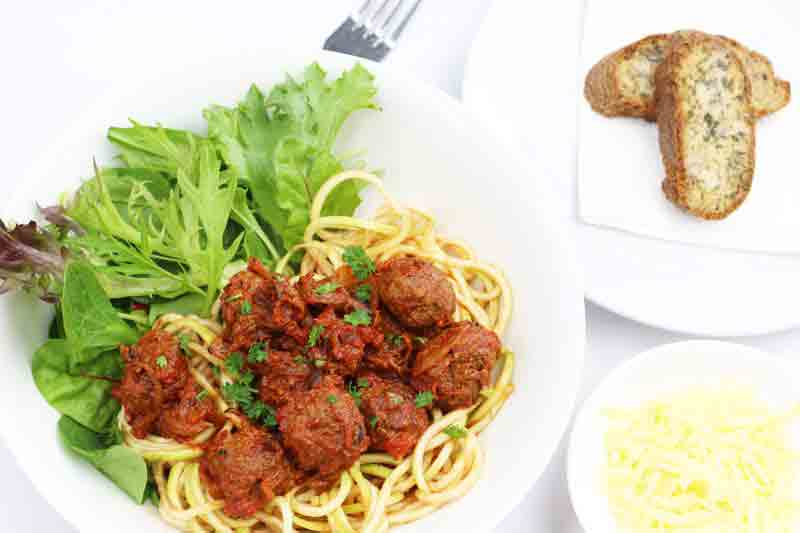
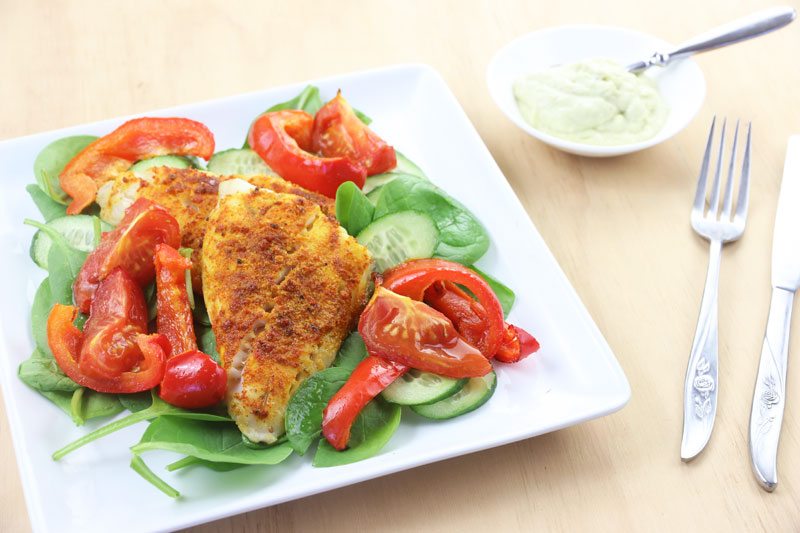
Fresh & Dried Herbs
Parsley, thyme, lavender, mint, basil, rosemary, chives, tarragon, oregano, sage, dill, bay leaves, coriander/cilantro, and so forth.
Spices and natural flavour enhancers
Ginger, garlic, cumin, turmeric, cinnamon, nutmeg, paprika, vanilla, cloves, chillies, stevia, garam masala, cajun, five spice, and so forth. Always check the labels when buying spice blends as some of them contain sugar and additives.
Pasta, rice, and noodles
Konjac noodles or rice, kelp noodles, or use things like sliced or shredded zucchini to make noodles. It’s highly recommend you get hold of a veggie noodle maker, they are affordable and they are brilliant!
Make cauliflower rice instead of rice. These are all low carb/ no carb options. We’ve got many more options in our weekly meal plans too!
Flours
Stick to using low carb flours such as almond flour or almond meal, coconut flour, chickpea flour, and corn flour (in small amounts to thicken sauces).
Fruits
Berries such as fresh raspberries, strawberries, blueberries, and cranberries are your best choices, eaten 1/2 cup per serve.
Followed by stones fruits such as peaches and plums (1 small fruit per serve), grapefruit and cherries. Lemons and limes are fine too.
Sugar Substitutes
Our delicious desserts use berries, stevia, vanilla, cocoa, carob, cinnamon, and coconut to naturally sweeten things. :)
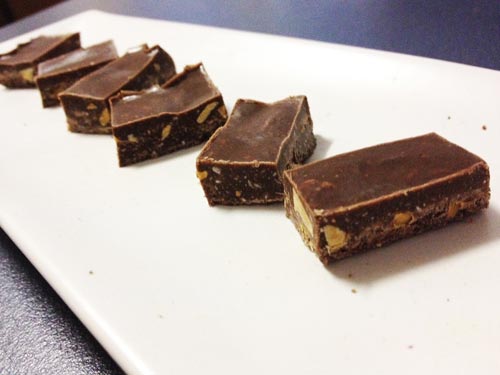
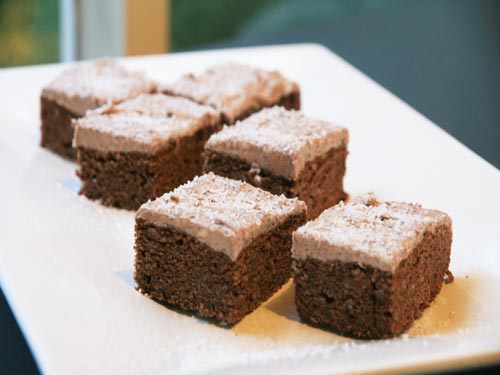
Other safe sweeteners include xylitol, erythritol, tagatose and monk fruit.
FATS
Monounsaturated fats and in particular extra virgin olive oil has some amazing anti-inflammatory and beneficial health properties and has been shown to help lower cholesterol and have beneficial effects on blood glucose and A1C levels.
Foods to increase monounsaturated fat intake include:
- Oils such as – virgin olive, hazelnut, avocado, sesame, macadamia, and almond oils.
- Avocado
- Green, black, or kalamata olives
- Nuts and seeds – macadamia nuts, hazelnuts, pecans, pumpkin seeds, sunflower seeds or butter, almonds or almond butter.
- Cocoa butter
- Tahini – sesame paste
- Fish – herring fish, cod liver oil, sardines, and cod fish
You also want to increase your intake of omega 3 fats.
- Canned or fresh salmon
- Canned sardines or herring
- Canned or fresh tuna
- Mackerel
- Chia seeds
- Flaxseeds
Other fats to enjoy in your plan:
- Dairy products (also a protein)
- Coconut oil
- Butter


There’s enough info here that you can apply it and change your life – many of our free subscribers have.
If you want more help and support, our great low carb creativity takes all these wonderful foods and puts them into weekly meal plans you will thoroughly enjoy.
We’d love to see you as one of our members!


Joanne
Learn how to eat right being a diabetic
Dr Jedha
You’re certainly in the right place to learn to eat right with diabetes Joanne. Follow the guidelines provided here and listen to this podcast as well.
Henry O'Pry
Just found your site. Thanks, really appreciate it and the carb. diet info.. I am changing to “Eat to Live” not the other way after 80 years. I take no prescriptions other than for prostate enlargement., Only low dose aspirin and vitamins. My second Fasting of 3 days in last 3 weeks and down 20 lbs. Now only 180 from 200. Still not pleased with blood sugar, however, now averaging 112.9 Average of 28 test – A1C 5.7!. Still working daily in business for 55 years.
Thanks for your help.
Sincerely
Henry O’Pry
Robert Unger
So glad I found this website. Being 67 and just recently being diagnosed as type 2(actually just 3 weeks ago) has been a little overwhelming to say the least! Trying to reverse all those years eating habits is going to take some work. With all the information here I’m sure it will be a little easier!
Barbara Knight
Thank you so much for your the information on the diabetic foods, and the guidelines . Its very useful .
Emily - Dietitian (MS, RD)
You are very welcome, Barbara!
Frank amato
Love this.
Tracy
My mother is prediabetic and my father has kidney disease and is on twice-weekly dialysis. Consequently, they have very different diet requirements. I don’t suppose you offer a “combo” diet planning service?
Jedha: Nutritionist (MNutr)
Our service is suitable for people with type 2 diabetes and prediabetes, though may not suit people with kidney disease if they have particular dietary limitations or recommendations set by their health professional.